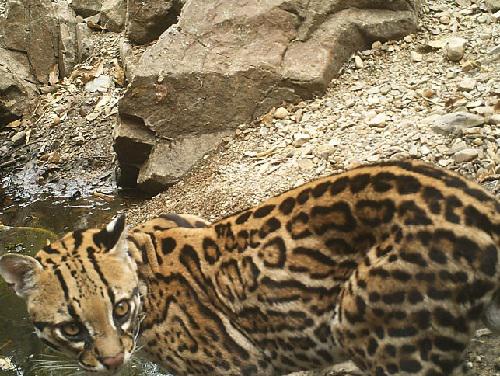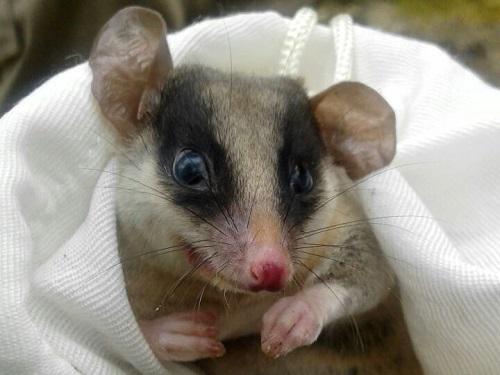Alvaro García Olaechea
Other projects
30 Sep 2019
Coexisting Around Humans: Effect of Exotic Species on Native Mammals of The Cerros de Amotape National Park, Peru
Our project includes research activities, such as bird and mammal inventories within the Noroeste Biosphere Reserve and educational programs that will help the conservation of the dry forest of Peru.

Ocelot.
The forest of the Tumbes region, in north-western Peru, is considered a biodiversity hotspot, a remnant of dry forest found in Peru and Ecuador, highly endangered and centre of endemism for birds and plants; and it is also the southern limit for several mammal species. Although this ecosystem is protected within the Noroeste Biosphere Reserve, the scarcity of government funds and the lack of community involvement in conservation make this area vulnerable to illegal logging, hunting and resource extraction.

Marmosa phaea.
This project will inventory birds and mammals species using different methods. Birds diversity will be evaluated using transects, point counts, and playbacks. These methods will also help us identify suitable areas for birdwatching. The mammal community will be evaluated combining different techniques that together will provide invaluable information: live trapping for rodents and marsupials, mist nets and echolocation for bats, and camera traps for medium to large-sized mammals. Furthermore, our conservation efforts will include the construction of an interpretation centre within the limits of the Reserve. This place will be built with the support of local communities, volunteers, and researchers; and will be maintained for research and touristic activities. Research activities and educational programs held at the interpretation centre will help create awareness in local people and tourists about dry forest conservation, and increase community involvement. While conducting the inventories, we will take wildlife and landscape photographs that together with camera traps photos will help design informative posters and brochures for the interpretation centre and visitors.